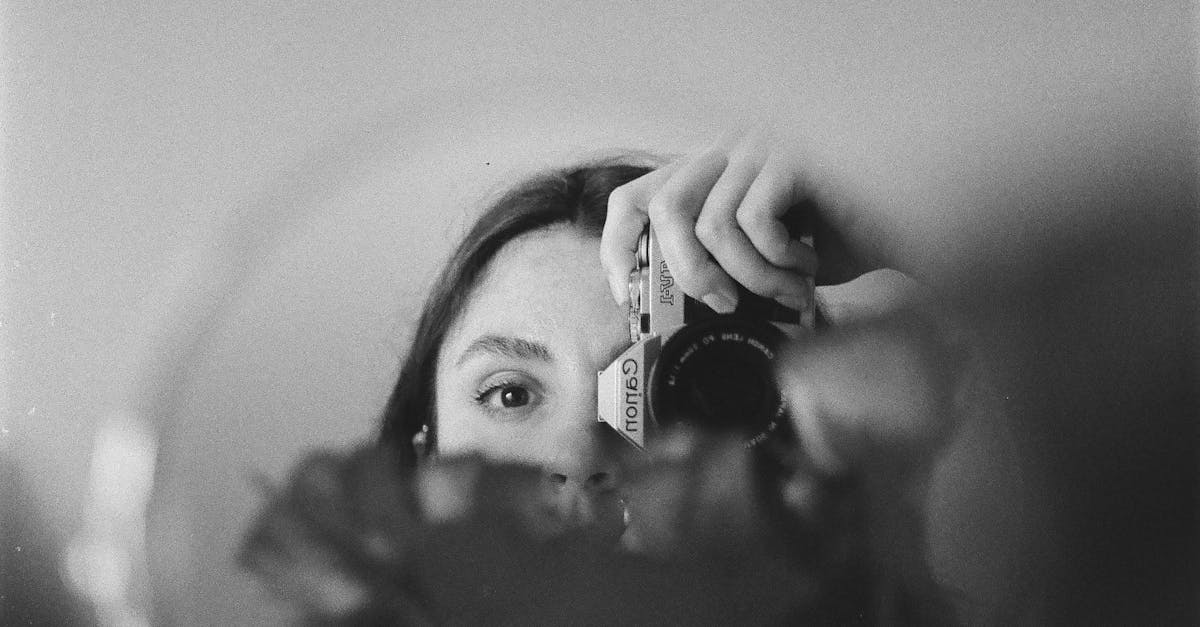Evaluating the Durability of Various Camera Head DesignsComparing Pushrod Sewer Cameras with Other Types
Troubleshooting Common Issues with Pushrod Sewer CamerasUnderstanding the Technology Behind Pushrod Sewer Cameras
Pushrod Sewer Cameras: A Cost-Effective Solution Mini Sewer Cameras: Enhancing Efficiency in Sewer Inspections
Portable Sewer Cameras: A Comprehensive Overview
Mini Sewer Cameras: Enhancing Efficiency in Sewer Inspections
Portable Sewer Cameras: A Comprehensive OverviewTable Of ContentsMini Sewer Cameras: Choosing the Right Model for Your Needs
Evaluating the Corrosion Resistance of Various Camera Head CoatingsWhat are some best practices for operating portable sewer cameras?Comparing Pushrod Sewer Cameras with Other Sewer Inspection Equipment
dual wear and tear on the camera head components, affecting their durability over time. To assess the effects of such vibrations accurately, controlled experiments need to be conducted to mimic real-world scenarios where camera heads may be subjected to continuous movement and oscillations.When maneuvering the camera through the sewer line, it is advisable to move slowly and steadily to capture clear and precise images. Avoid abrupt movements or jerking the camera, as this can result in distorted or blurry footage. Additionally, always keep the camera cable straight to prevent tangling or kinks that could impede its progress. By following these best practices, operators can maximise the effectiveness of portable sewer camerasKey Features to Look for in Truck-mounted Sewer Cameras
Understanding the Technology Behind Truck-mounted Sewer Cameras
Maintenance Tips for Truck-mounted Sewer Cameras
How to Choose the Right Truck-mounted Sewer Camera
Advantages of Using Truck-mounted Sewer Cameras
Portable Sewer Cameras: Enhancing Efficiency in Sewer Inspections
Safety Protocols for Using Portable Sewer Cameras
Troubleshooting Common Issues with Portable Sewer Cameras
Common Applications of Portable Sewer Cameras
How to Choose the Right Portable Sewer Camera for Your Needs
Portable Sewer Cameras: A Comprehensive Overview
Maintenance Tips for Portable Sewer Cameras
Advancements in portable sewer camera technology include wireless transmission capabilities, improved image resolution, enhanced durability, and user-friendly interfaces for easier operation.
Maintenance Tips for Portable Sewer Cameras
Portable Sewer Cameras: Enhancing Efficiency in Sewer Inspections